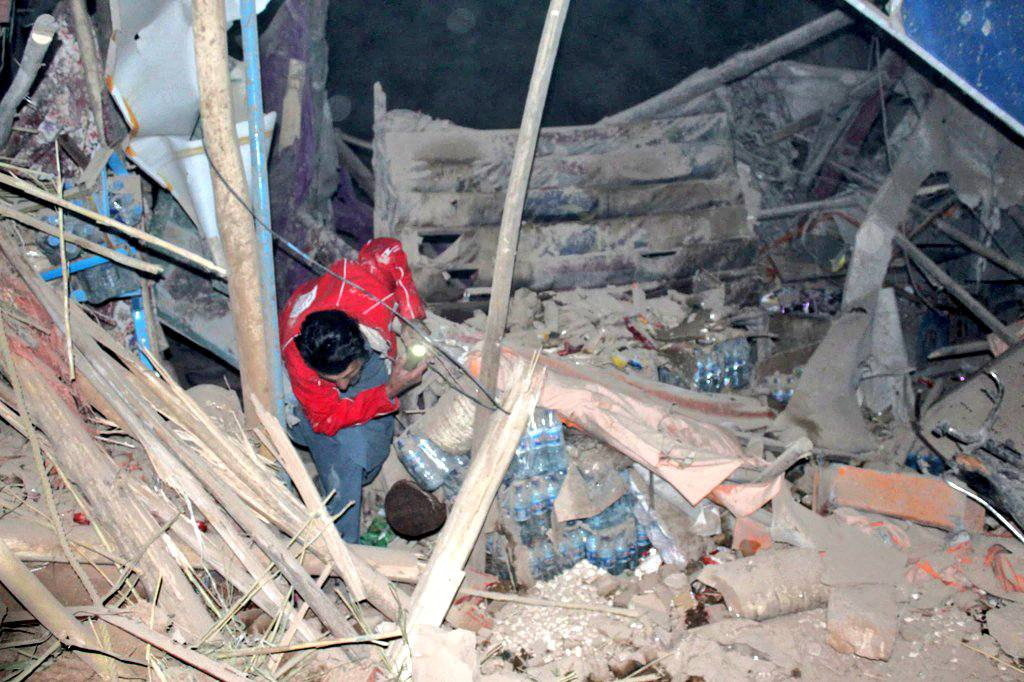
Typhoon Kalmaegi hits Vietnam after killing 140 in Philippines
VIETNAM: Typhoon Kalmaegi made landfall on Thursday in Vietnam’s already storm-battered central belt, where thousands have been evacuated from areas in the path of one of the world’s deadliest cyclones this year.
Kalmaegi cut a path of destruction through the Philippines this week, killing at least 140 people and leaving another 127 missing after unleashing devastating floods.
It crashed into central Vietnam late on Thursday, packing sustained winds of up to 149 kilometres per hour with much faster gusts, the environment ministry said.
“The wind is so strong, nothing can resist,” Vu Van Hao, 48, said as he surveyed the shards of windows shattered by the storm in the lobby of a hotel in Gia Lai province.
“We here have never experienced such strong winds like this. It’s a natural disaster. What can we do?”
The typhoon hit as central Vietnam was still reeling from more than a week of flooding and record rains that killed at least 47 people and submerged centuries-old historic sites.
“This is a huge typhoon with terrible devastating capacity,” said Pham Anh Tuan, a top provincial official in Gia Lai, where state media said over 7,000 people had been evacuated as of Wednesday night.

A resident records on their phone as waves crash onto Quy Nhon beach ahead of the arrival of Typhoon Kalmaegi in Gia Lai province in central Vietnam. – AFP
In Gia Lai’s coastal area of Quy Nhon Nam, a reporter saw officials knocking on doors, warning people to flee before the typhoon hit.
Elderly women and children were among dozens of people sheltering on Thursday at a school, carrying mats, pillows and blankets.
“I am not young anymore and I don’t want to risk my life,” said Tran Thi Nghia, 56, who left her one-storey home at the urging of authorities.
Vietnam is in one of the most active tropical cyclone regions on Earth and is typically affected by 10 typhoons or storms a year, but Kalmaegi is set to be the 13th of 2025.
Scientific evidence shows a pattern of human-driven climate change, making extreme weather more frequent and destructive.
Kalmaegi slammed into the central Philippines on Monday, battering the islands of Cebu and Negros before swooping back out to sea.
Floodwaters described as unprecedented rushed through Cebu province’s towns and cities, sweeping away cars, riverside shanties, and even massive shipping containers.
In Liloan, a town near Cebu City, where 35 bodies have been recovered, journalists saw cars piled atop each other by floodwaters and roofs torn off buildings as residents attempted to dig out the mud.
On Thursday, President Ferdinand Marcos declared a “state of national calamity”, a move allowing the government to release funding for aid and impose price ceilings on basic necessities.
More than 500,000 Filipinos remain displaced.
Before the storm hit Vietnam, top leader To Lam said he had cut short a session of the ruling Communist Party’s central committee so officials could rush home to areas likely to be affected.
Some residents in the typhoon’s path piled onto motorbikes carrying water, clothes, and other basic necessities before speeding away from their modest steel-roofed homes. – AFP


